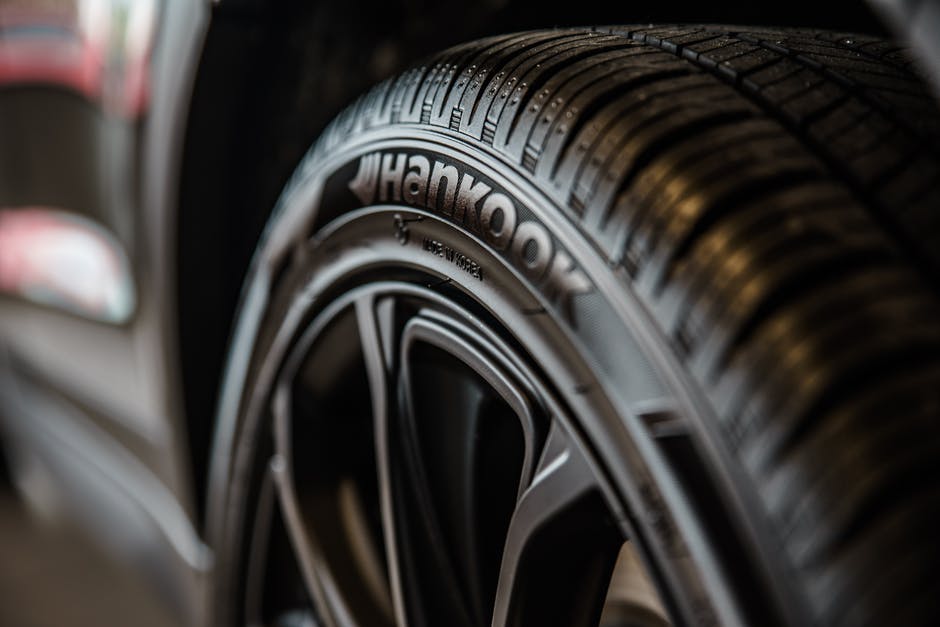Do you put a lot of miles on your car each year? If so, you’re certainly not alone.
After all, most people live in their cars. This means tons of wear and tear on your tires. That’s why it’s so important to make sure that the tires have enough tread to keep you safe week after week.
Fortunately, you’ve come to the right place for good advice on checking the tire wear patterns on your tires. This article takes a look at tire maintenance and common wear patterns so that you’ll know when it’s time to invest in a new set of tires for your car.
Keep reading to get the inside scoop.
Find Your Online Car Repair Manual Today! ->>
Center Wear
Let’s start by discussing center wear on your tire tread. This is easy to identify based on the rapid wearing down along the center section of your tires when you look at the tread straight on.
When you see this, it’s a clear sign that the tire in question is over-inflated. Keep in mind that the longer you drive on a tire that’s over-inflated, the faster the center tread will wear down, thus quickly reduces the life expectancy of the tire.
This will also cause the tire to wear out much faster than the other tires on your car. The key to resolving this issue is to check the recommended PSI for that tire and let out as much air as needed.
Inner and Outer Shoulder Wear
The next type of tire tread wear to keep an eye on is wear on the inner and outer shoulders of a tire. Whenever you notice wear on these areas, it’s a clear sign of wheel misalignment.
What exactly does this mean? Well, it’s a simple matter of needing to get your wheel alignment corrected because your wheels are leaning too much to one side or the other.
Keep in mind that wheel alignment problems can impact more than just the tread wear on your tires. It can also impact your car’s suspension, steering, and other important safety issues.
Edge Shoulder Wear
The next type of tread wear on tires is called edge shoulder wear. This is typically the result of a tire being under-inflated. In contrast to center wear on a tire, edge wear occurs when too much surface area along the shoulders of your tire is making contact with the road.
Again, the solution is to check the proper PSI for your tires and then inflate accordingly.
Diagonal and Patchy Wear
When one or more of your tires begin to show signs of diagonal or patchy wear, this is evidence that you need to have your tires rotated.
Taking the time to rotate your tires at least twice a year will reduce the amount of wear on your tires, thus making them last longer while also keeping you and your passengers safe.
If you’re looking for a great deal on tires, check out https://www.michiganautoandtire.com/coupons/.
Cupping
When your tires begin to show signs of cupping, it’s time to get your suspension checked. This is especially important to remember when you’ve recently hit a curb or pothole.
A Carowner’s Guide to Checking Tire Wear Patterns
Staying safe on the road is important. Fortunately, this guide to tire wear patterns will help keep your car as safe as possible.
Keep exploring this blog to discover more great automotive-related tips and advice.







